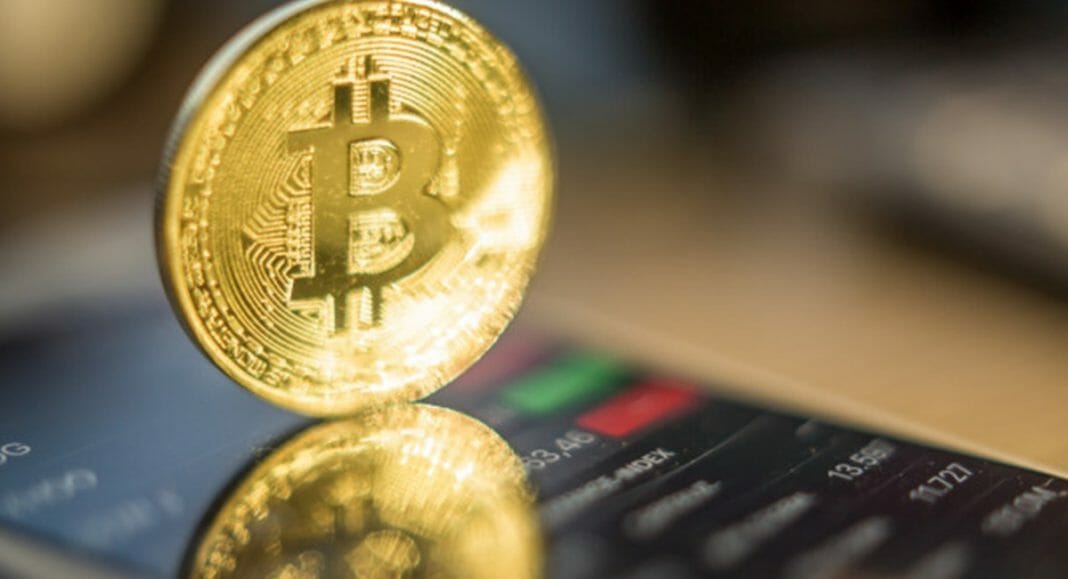Breaking down the concept of DeFi and its ecosystem, as well as the strategies and risks for private and professional investors planning to allocate capital to the decentralized space.
Decentralized finance (DeFi) is a concept that has received a lot of attention since the so-called DeFi Summer of 2020 because its use, often measured in total value locked (TVL), has increased dramatically since then. In the last year alone, TVL increased by more than 240% to reach the current $209 billion in “value locked” within DeFi projects, according to DefiLlama. It has not only become interesting for investors to enter promising DeFi projects through their tokens (in the hope of gaining capital gains), but also to use these platforms to generate regular and constant income through various activities. Moreover, it has been even more attractive in bear markets.
How can you make money with DeFi?
In simple terms, you can invest in the DeFi projects/protocols by buying the respective tokens like SushiSwap (SUSHI), Aave (AAVE), or Maker (MKR) expecting capital gains through price increase based on superior platform offering, growth of users, and assets. Alternatively, you can use these platforms as a “trader” and generate income from the various activities available.
You can also have your cake and eat it too, by buying into high conviction projects and earning some extra income through some of the activities listed below:
Staking. With staking, you gain rewards for participating in the consensus mechanism process, or decision-making process, of a Blockchain using your staked tokens like Tezos (XTZ), Polkadot (DOT), or ETH, becoming a de facto stakeholder network validator. This is a proof-of-stake mechanism used by Blockchains like Tezos, Polkadot, and soon, Ethereum 2.0 to secure transactions and the network. With the rise of tokens being staked and therefore “locked”, new concepts have emerged such as “liquid staking”, which basically creates a derivative of the staked token, which then becomes “liquid” again and can be redeploy while earning staking rewards.
Loan. Instead of receiving a loan from the bank, you can obtain it from a DeFi protocol, by having other investors put up the funds or, in essence, a peer-to-peer loan. In exchange, investors receive part of the interest on the loan as a return. Keep in mind that when you, for example, hold shares in your bank, they are most likely lending those shares, for which you are paying a deposit fee, to some financial institution such as a hedge fund, also in return for a commission, which can then be used for short selling and other leveraged trades. Obviously, you do not see any of that money.
Liquidity provision. When you buy and sell shares on a traditional exchange, financial institutions act as intermediaries in coordinating the operations, in addition to providing liquidity through shares or cash. In the world of digital assets, automated market makers (AMMs), which function as decentralized exchanges with automated code, have disrupted these activities. Other investors, who will receive income in the form of commissions generated by these liquidity pools, provide the missing liquidity. The pools consist of a variety of trading pairs such as crypto vs. crypto like BTC/ETH, crypto vs. stablecoins like DOT/Tether (USDT), or stablecoins vs. stablecoins like USDC/Terra (UST).
Yield farming. Imagine that you have lent money to a liquidity fund, such as SushiSwap, and have started receiving your first SUSHI rewards. You do not want them to stay there. You could put them to work again through one of the various opportunities and rack up more rewards. In short, yield farming is the activity of constantly putting your tokens to work – money does not sleep, but it goes chasing higher, compounded returns through protocols, pools, and others.
To conclude, if you are new to this field, start with a little play money, testing, and learning as you go. Alternatively, if you want to get involved but not deal with the hassle, you can also invest in professional managers who design, execute and monitor these strategies in an institutional environment. However, you should use the same nuanced evaluation approach provided above in your due diligence process to select a manager.
By Audy Castaneda











